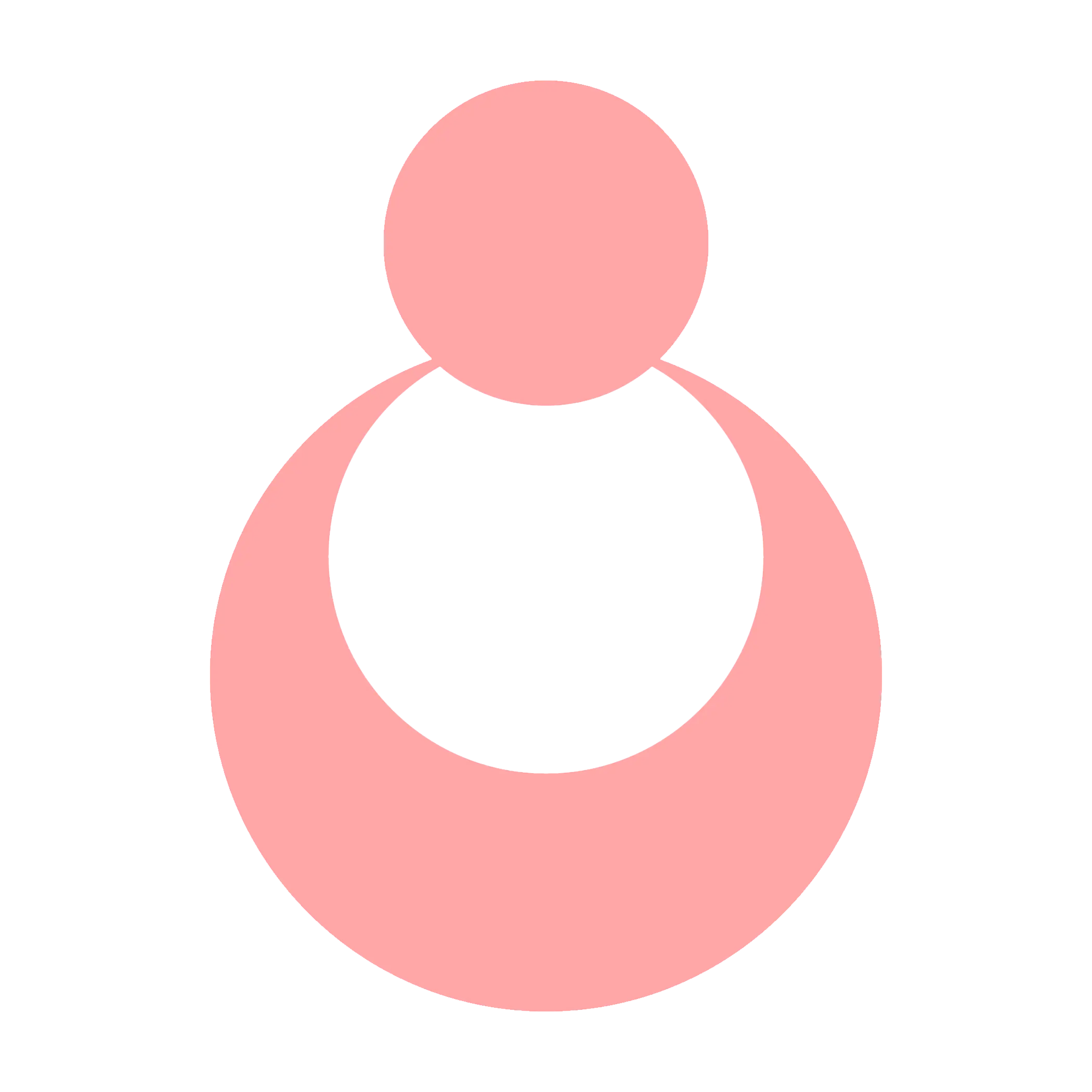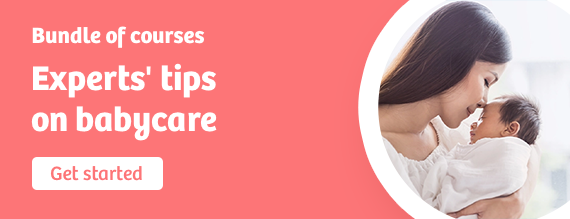5 First Aid Techniques Every Mother Should Master
Your child's safety and health are among your top priorities as a mother. Ensuring this safety and trying to protect your children is a full-time and exhausting job. However, mastering first aid can make the task easier and less stressful. In this article, you'll learn about the five essential first-aid techniques to protect your little ones.


First Aid for Choking
Child choking is perhaps one of the most terrifying nightmares for parents and one of the most dangerous accidents that can happen to children of all ages. Especially for infants, choking may occur when they try to swallow something, no matter how small.
Steps for First Aid in Case of Choking:
- Gently insert your finger into your child's mouth, searching for the object they tried to swallow and remove it. Please do not attempt to insert your finger deep into their throat, as you might push the foreign body further down into the airway.
- Lay your child on your lap, face down and back up, and stabilize their chin with one hand. Use the heel of your other hand to give back blows between the shoulder blades to dislodge the object. Then, make sure the thing is out and the child breathes normally.
- For infants under one year old, press on their chest five times while lying on their back with their head lower than their stomach.
- Call an ambulance or head to the emergency room.
First Aid for Minor Cuts
- Wash your hands with soap and water before cleaning the wound and removing any foreign objects.
- Apply pressure to the bleeding area with a clean bandage.
- Keep the injured part elevated above heart level.
- Apply a clean adhesive bandage.
- Head to the emergency room to ensure the wound doesn’t require additional care.
First Aid for Burns
Burns are extremely painful, and young children are unaware of the dangers of getting burned, making them more susceptible to this dangerous injury. Proper immediate treatment can alleviate the pain and help control the burn.
- Carefully and gently remove clothing from the affected area.
- If the clothing sticks to your child's skin, do not attempt to remove it, as this could peel the skin and cause inflammation.
- Call an ambulance immediately.
- Place the affected area under cool running water for 20 minutes to cool the burn.
- Do not remove any affected skin.
- Do not apply ointments or treatments; leave that to the trained medical staff.
First Aid for Children in Case of Head Injury
Your child is bound to bump their head multiple times during their childhood, from the crawling stage to adolescence. Most of these injuries pass without any notable complications, but sometimes they can be severe and require medical attention, especially if any of the following symptoms are present:
- Loss of consciousness
- Non-stop crying
- Difficulty speaking
- Loss of balance while walking
- Walking unsteadily
Home First Aid to Care for a Child After a Head Bump:
- Calm your child and reassure them.
- Stop any bleeding and sterilize any wound if present.
- Apply an ice pack for about ten minutes to the injured area to reduce swelling.
- Monitor your child for a full day and look out for the appearance of any symptoms that would require immediate medical care.
First Aid for Children Exposed to Bee Stings
- Remove any remaining bee stinger.
- Disinfect the sting site.
- Apply cold compresses to reduce swelling.
- Give the child an appropriate dose of pain reliever.
- Monitor the child. If the swelling spreads to other parts of the body or the child has trouble breathing or speaking, these are symptoms of an allergic reaction, and you should rush the child to the hospital for prompt treatment.
Dear Mother, you play many roles in your child's life, perhaps the most important of which is that of a superhero who protects them from danger. So, always be prepared to protect and rescue your child.
Read about SIDS and how to prevent it






